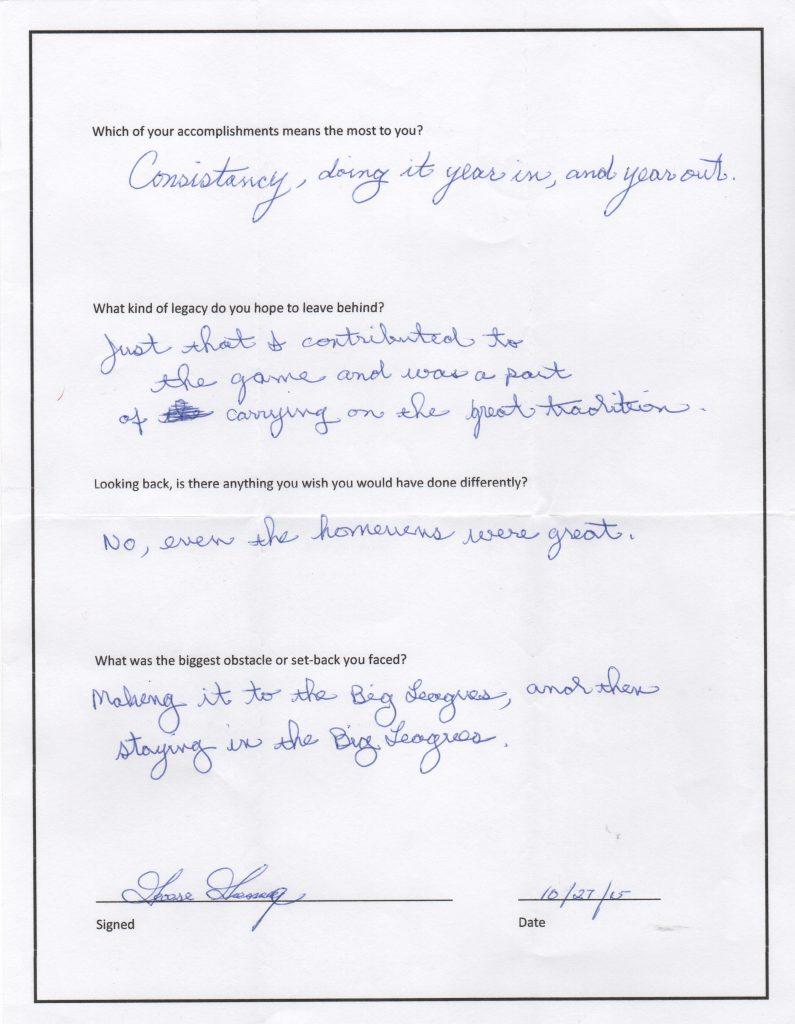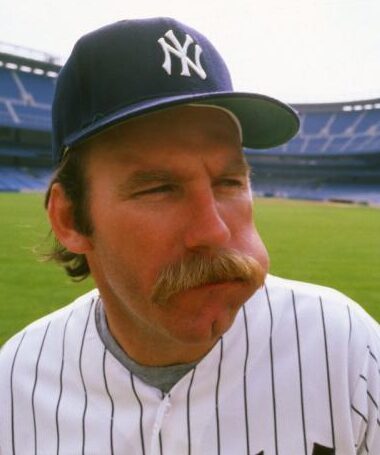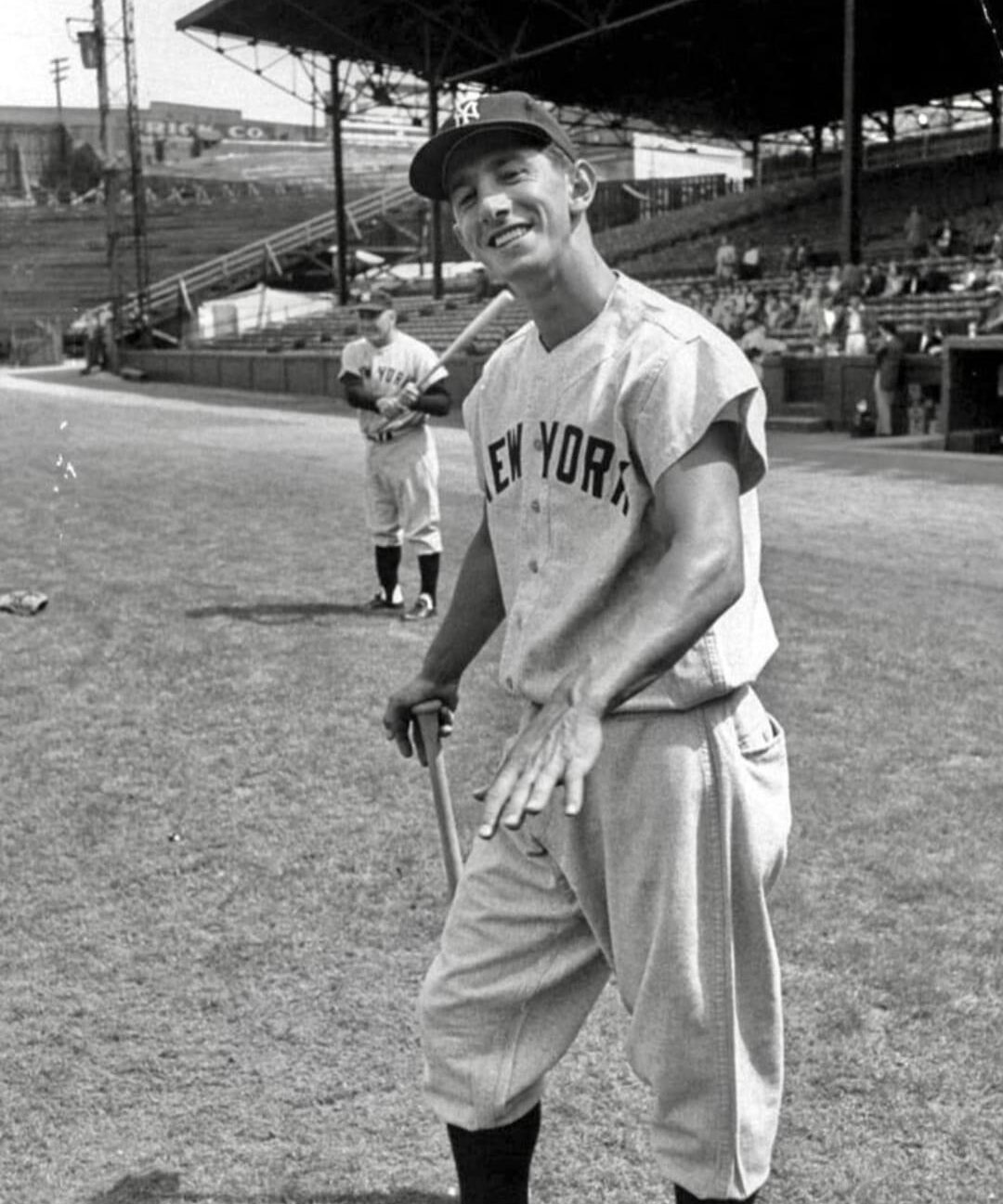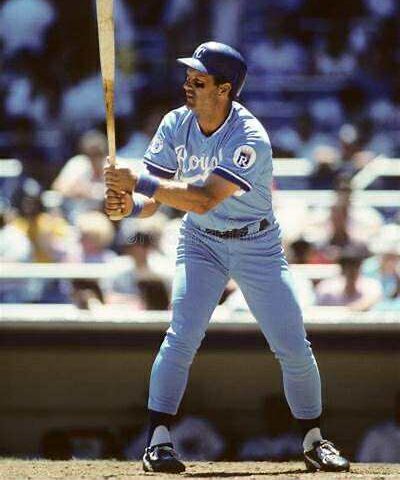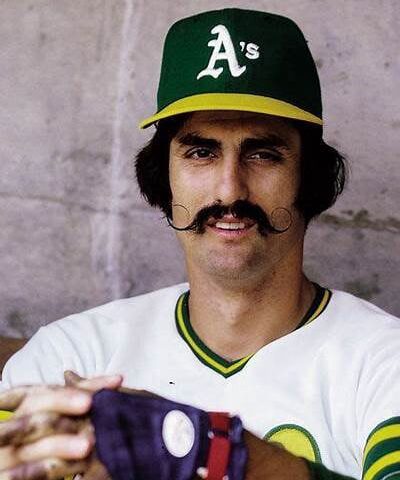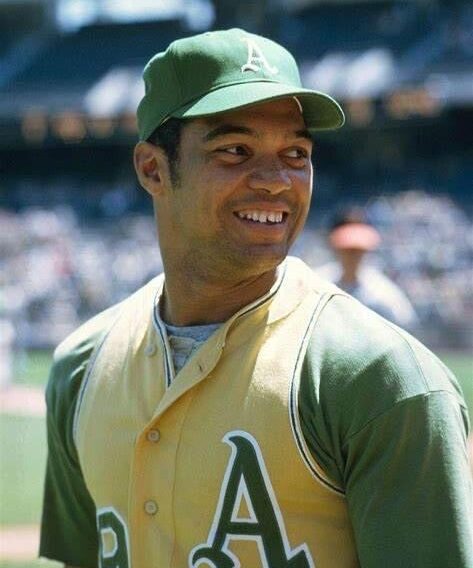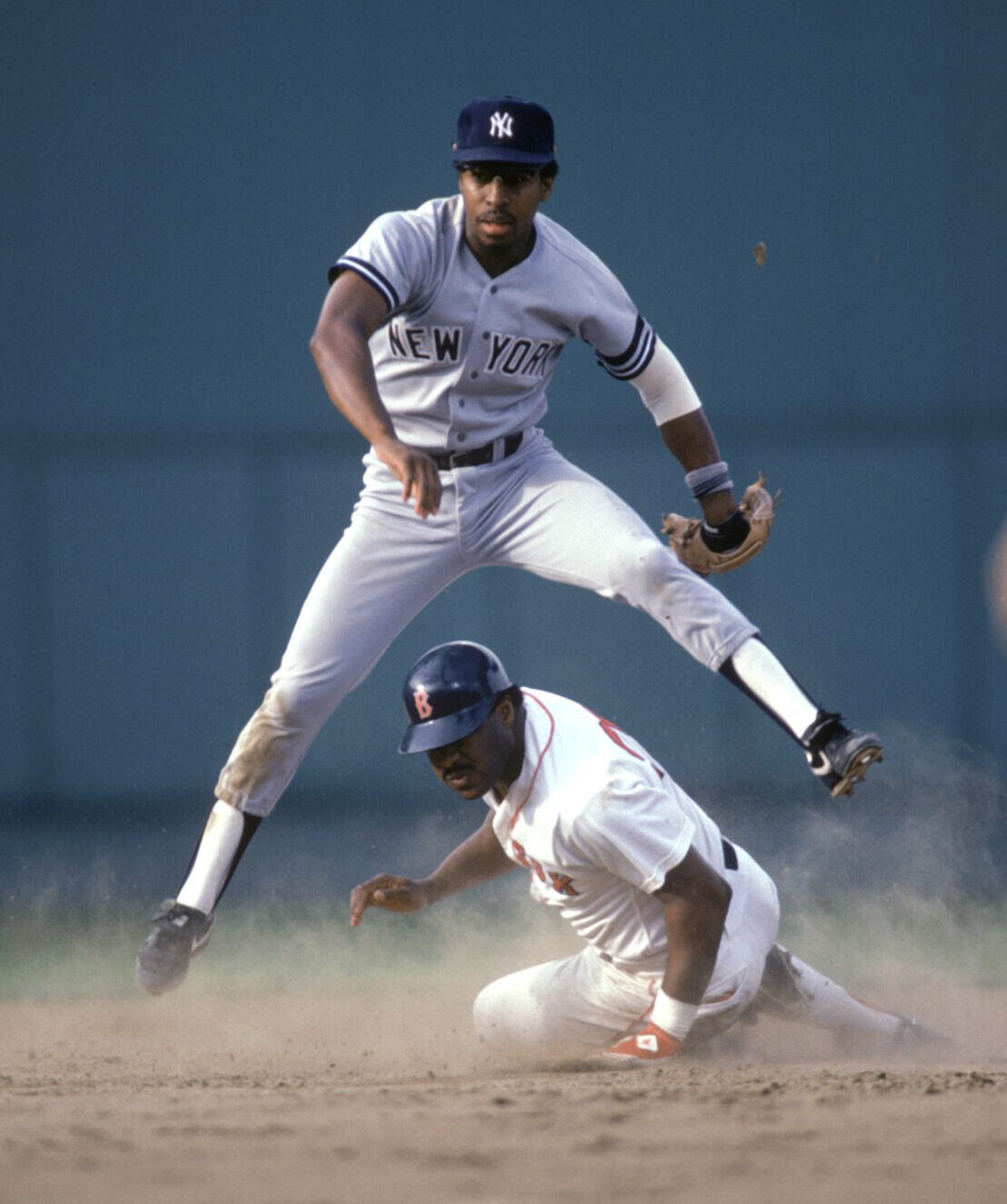Goose Gossage
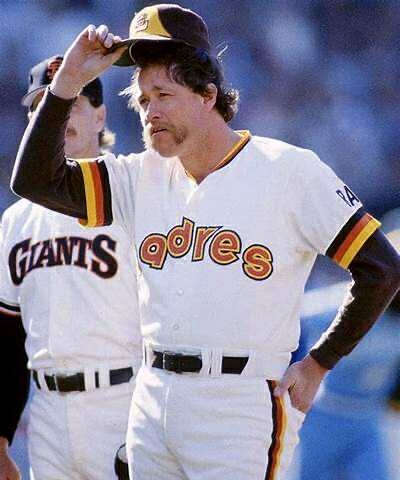
| Birthdate | 7/5/1951 |
| Death Date | |
| Debut Year | 1972 |
| Year of Induction | 2008 |
| Teams | Athletics, Cubs, Giants, Marlins, Padres, Pirates, Rangers, White Sox, Yankees |
| Position | Pitcher |
The second MLB pitcher to record 300 saves, Rich “Goose” Gossage pitched in 1,002 games, finished 681 of them and earned 310 career saves.
Leave a comment
In the collection:
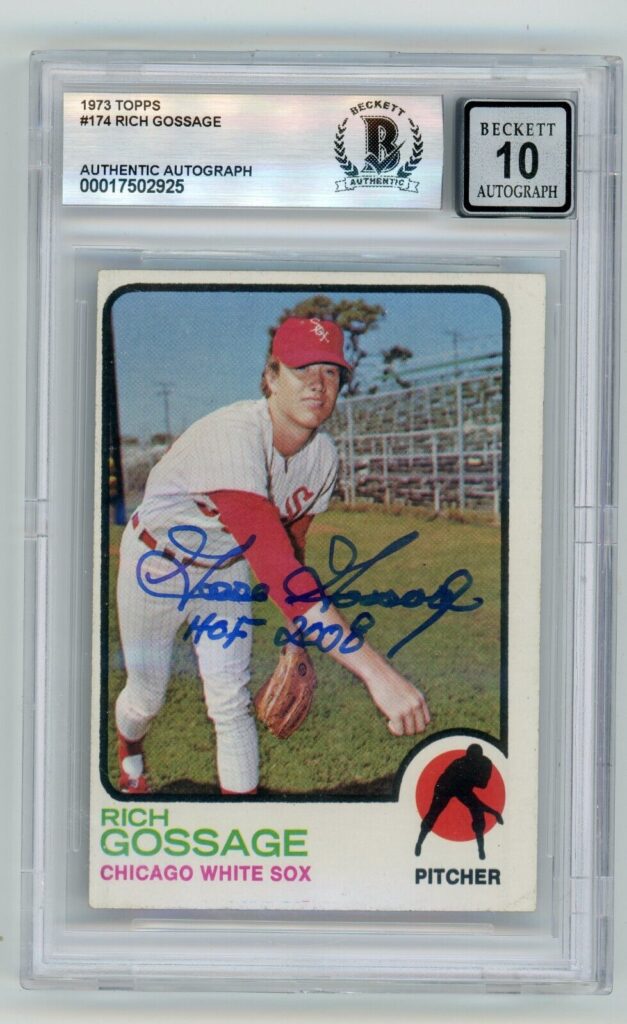
Gossage broke in with the White Sox in 1972 White Sox and went 7-1 with a 4.28 ERA
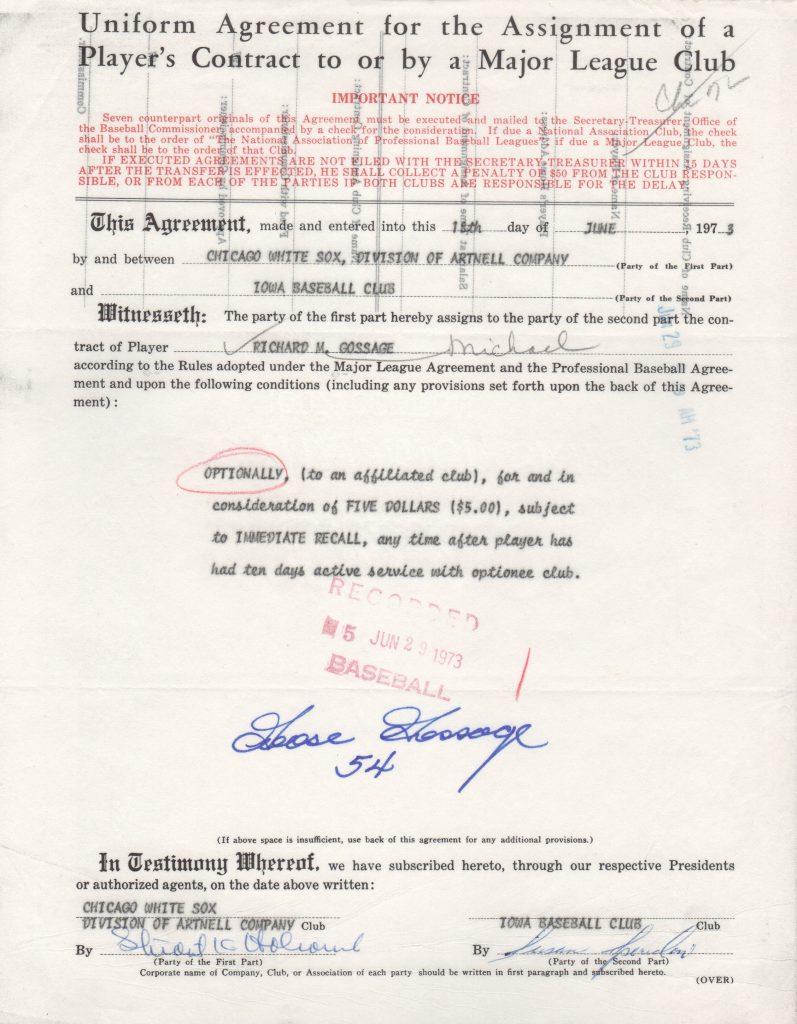
Goose had a rough outing vs. the Brewers in '73; and was sent to minors the next day
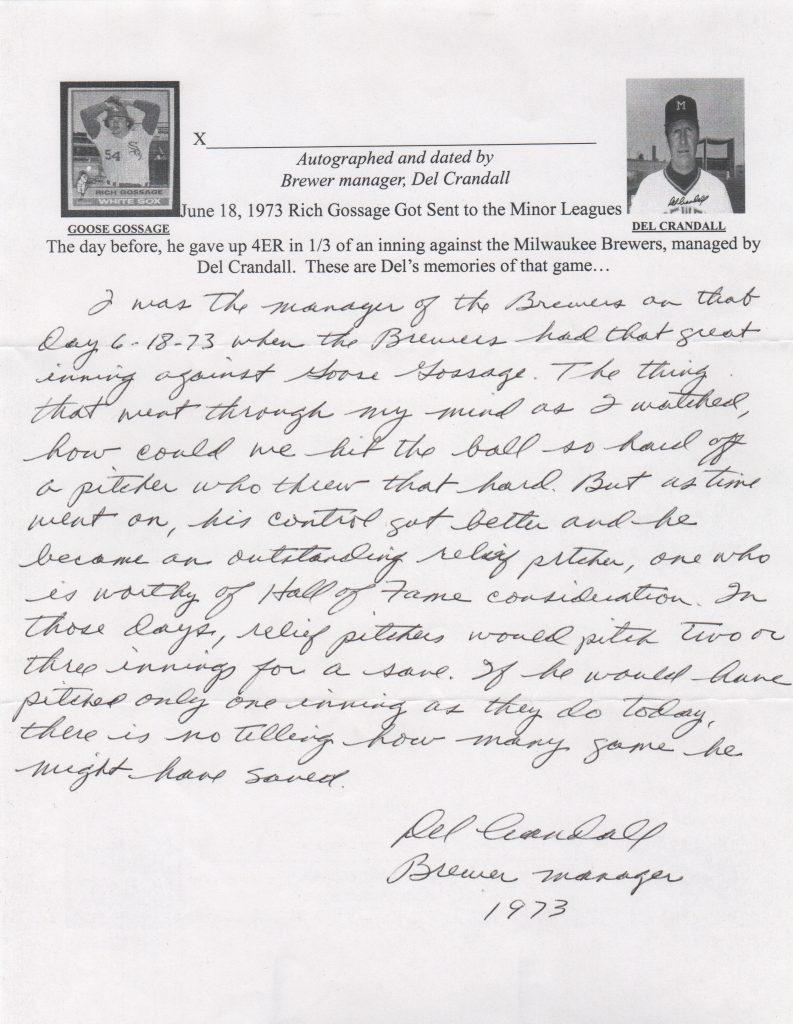
Milwaukee Brewers manager Del Crandall reflects on Gossage and that day
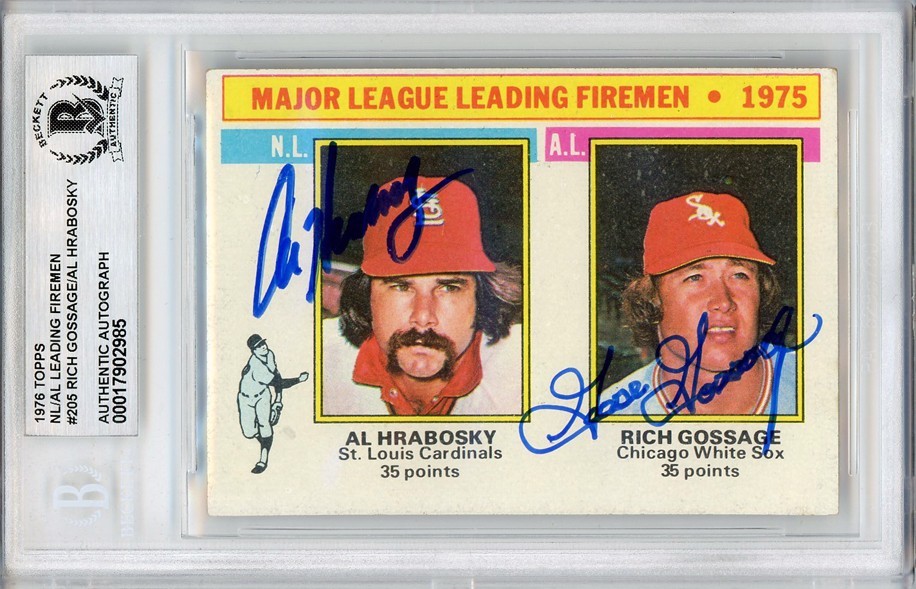
In his first full big league season, Gossage was the American League's leading fireman
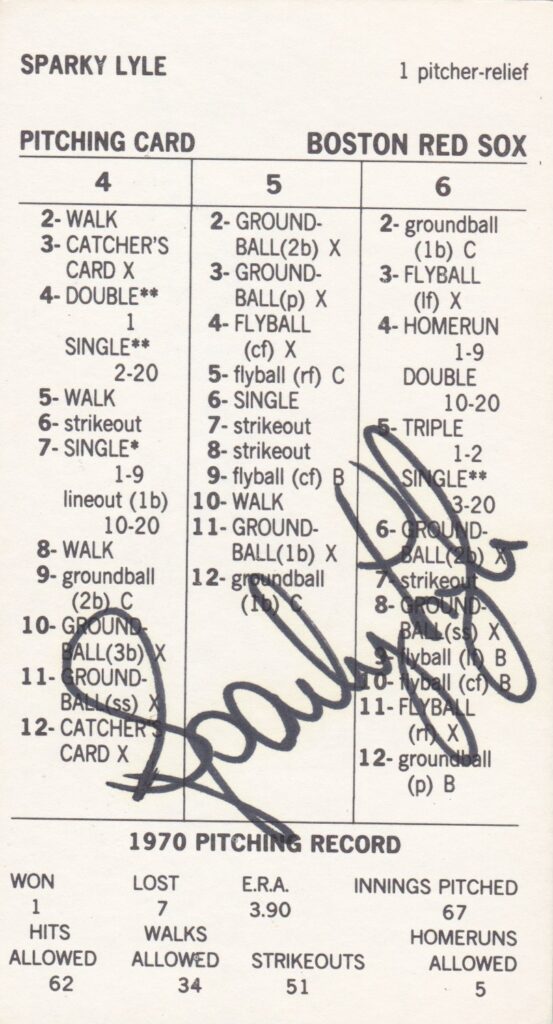
The Yankees 1977 acquisition of Gossage made Sparky Lyle go "from Cy Young to sayonara”

Gossage's career path took a turn toward Cooperstown with a trade to the Yankees
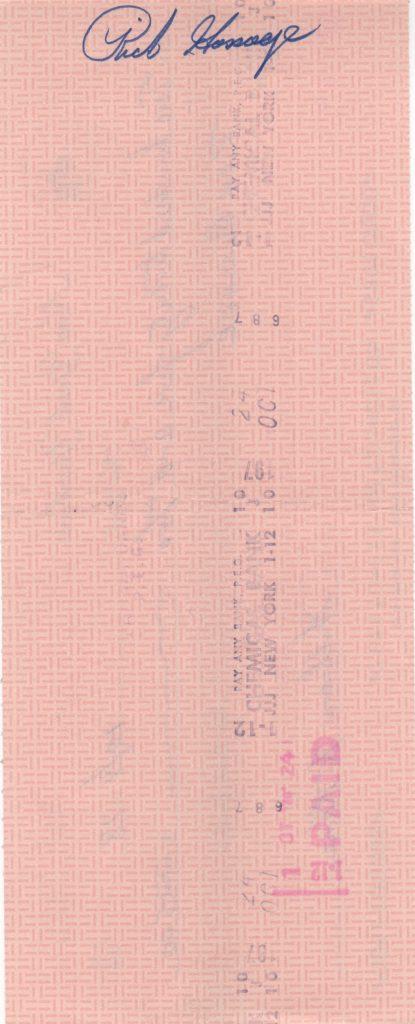
The day the check was drawn was a memorable one for Gossage and the Yankees
